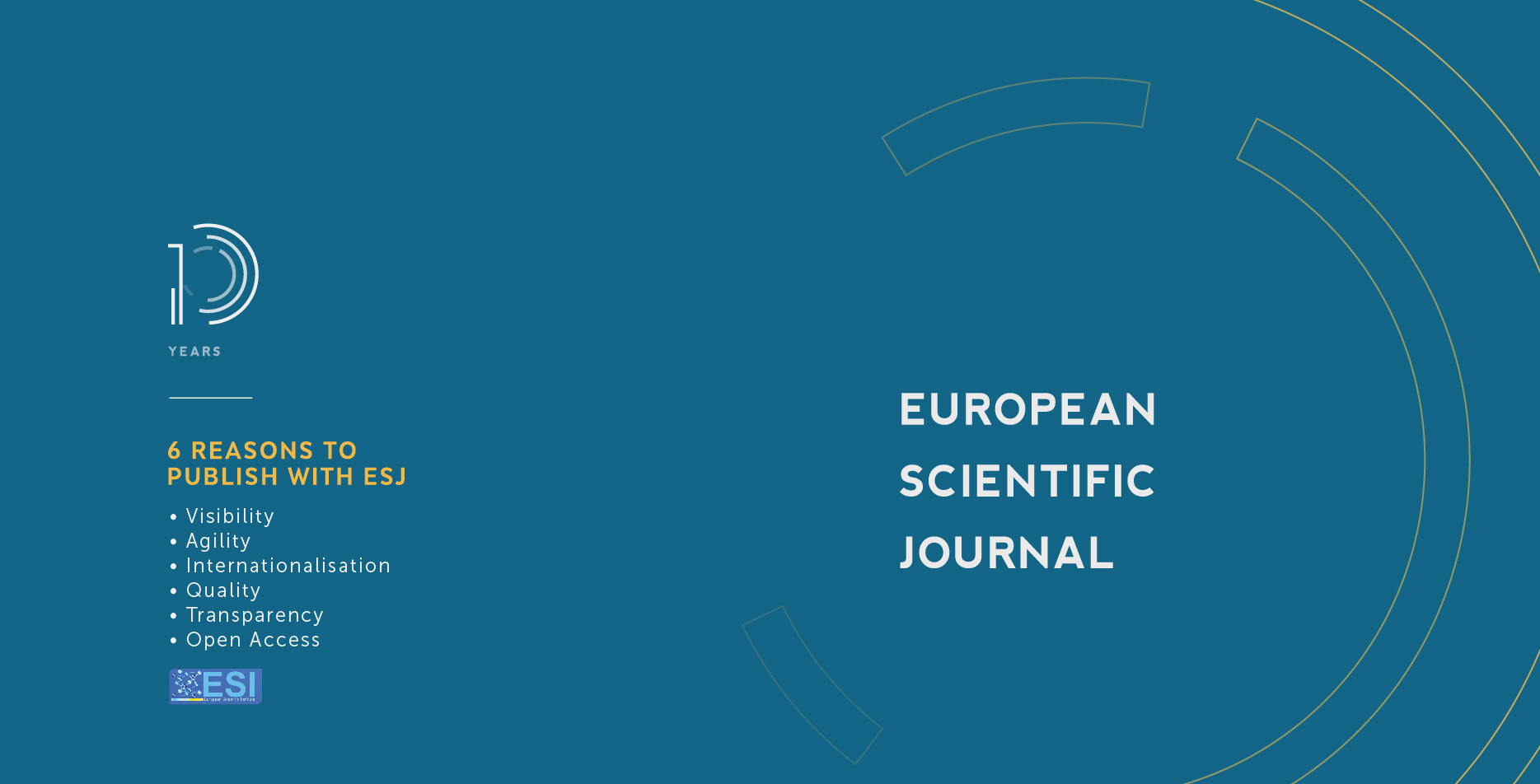Analyse Par Approche Hydrogeochimique De La Distribution Spatiale De La Salinite Des Eaux De La Nappe Et Des Sables Quaternaires Du Secteur Des Niayes Du Gandiolais (Littoral Nord Senegalais)
Abstract
Dans le Gandiolais, la nappe des sables quaternaires, fortement salée sur la majeure partie de la zone, est utilisée pour irriguer les cultures et pose de véritables difficultés pour la durabilité du système maraicher. La salinisation secondaire du sol irrigué et la réaction du complexe absorbant dépendent principalement des paramètres intrinsèques, particulièrement la texture du sol. L’objet de cet article est d’analyser la distribution spatiale de la salinité en tenant en compte les caractéristiques granulométriques du complexe absorbant. L'approche hydrogéochimique basée sur les relations de concentration permet d'apprécier les modalités de conservation in situ entre les eaux d'irrigation et le sol exploité. Les résultats obtenus ont confirmé que la texture grossière de type sables moyens à fins permet un lessivage rapide des sels solubles sur tout le profil. Les sols restent globalement calcimagnésiens même si les eaux d'irrigation sont globalement chlorurées sodiques et potassiques ou sulfatées sodiques. Cependant, cette forte perméabilité du complexe constitue un risque de surconcentration ionique dans la nappe. Les retours d'irrigation associés aux engrais accentuent la minéralisation de la nappe des sables quaternaires.
In the Gandiolais, the groundwater of the quaternary sands, heavily salted over most of the area, is used to irrigate crops and poses real difficulties for the sustainability of the market gardening system. Secondary salinization of the irrigated soil and the reaction of the absorbing complex depend mainly on the intrinsic parameters, particularly the texture of the soil. The purpose of this article is to analyze the spatial distribution of salinity taking into account the particle size characteristics of the absorbent complex.The hydrogeochemical approach based on the relations of concentration makes it possible to appreciate the process of conservation in situ between the irrigation water and the exploited soil. The results obtained confirmed that the coarse texture of medium-to-fine sand type allows rapid leaching of soluble salts over the entire profile. Soils remain globally calcimagnesian although the irrigation water is globally sodium chloride and potassium or sodium sulphated. However, this high permeability of the complex constitutes a risk of ionic overconcentration in the aquifer. Irrigation returns associated with fertilizers accentuate the mineralization of the groundwater of the quaternary sands.
Downloads
Metrics
PlumX Statistics
Copyright (c) 2020 Souleymane Niang, Amadou Abou Sy, Cheikh Ahmed Tidiane Faye, Seydou Alassane Sow, Boubou Aldiouma Sy Aldiouma Sy

This work is licensed under a Creative Commons Attribution-NonCommercial-NoDerivatives 4.0 International License.








